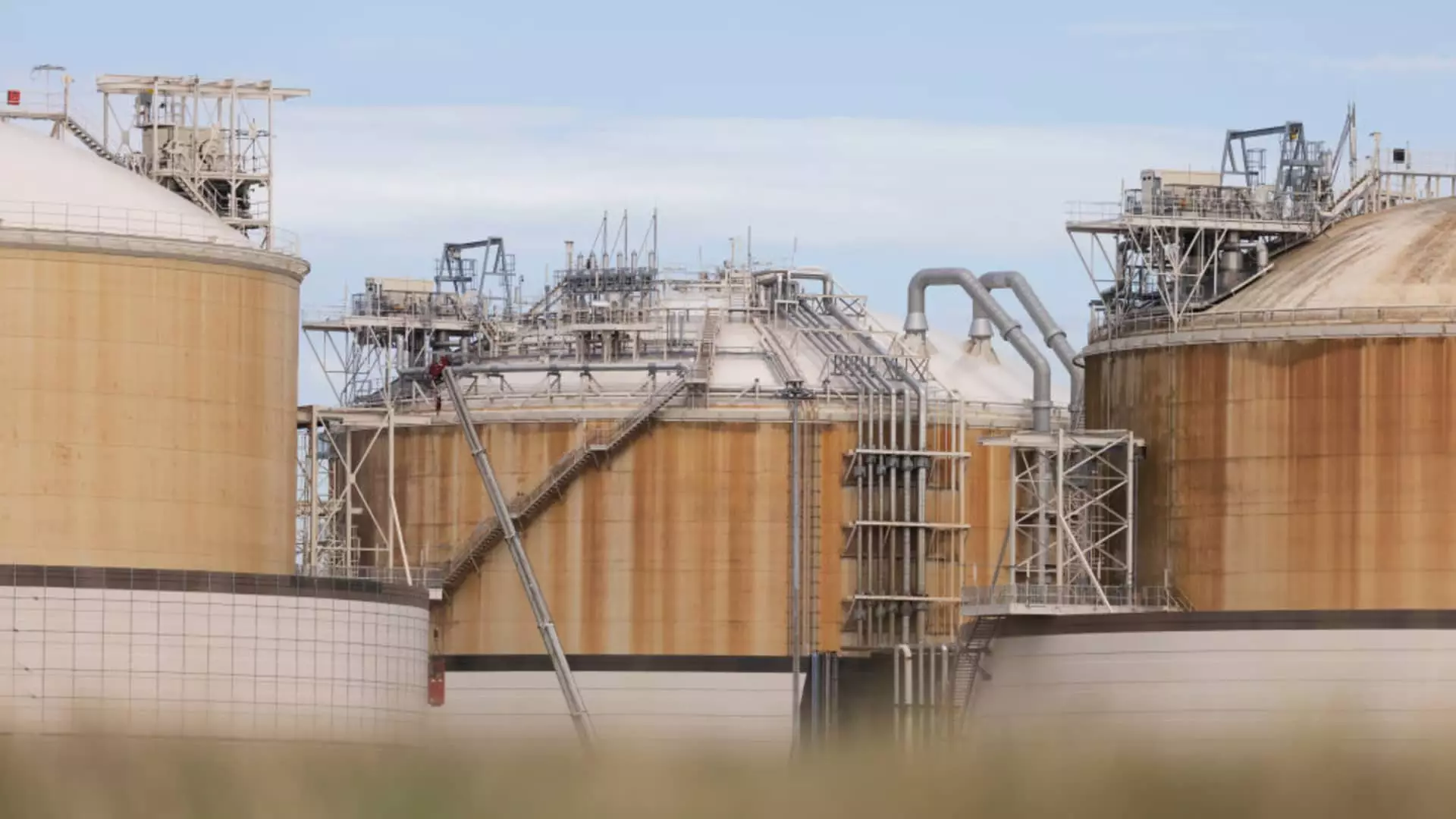Energy analysts are predicting that the recent surge in European natural gas prices will persist in the coming months. On Wednesday, futures for natural gas jumped almost 40%, reaching the highest level since mid-June at the Dutch Title Transfer Facility (TTF) hub, which is a benchmark for natural gas trading in Europe. Although the price eventually dropped, it is still trading at around 36.6 euros per megawatt hour.
Potential Supply Disruptions in Australia
The increase in gas prices came as a result of fears over a potential supply disruption in Australia. There is a possibility of a strike at major liquefied natural gas (LNG) facilities in the country, as workers campaign for higher pay and improved job security. Analysts believe that this strike could interrupt four LNG facilities, which would lead to a significant disruption in Australia’s LNG export capacity. This, in turn, could prompt many Asian buyers to source their LNG cargoes from elsewhere. China and Japan, for example, have been major purchasers of Australian LNG, accounting for over 60% of the country’s exports in the first half of the year.
Factors Contributing to the Bullish Outlook
Looking ahead, energy analysts expect the bullish outlook for gas prices in Europe to continue for several reasons. First, there will be fewer LNG imports to Europe due to the potential strike in Australia. Additionally, planned maintenance for Norwegian pipelines and ongoing heatwaves in multiple regions globally will further impact gas supplies. These factors combined are likely to keep gas prices high in the near future.
The Euro Zone’s Dependence on Russian Fossil Fuel Exports
The spike in gas prices in Europe is occurring as the euro zone attempts to reduce its dependence on Russian fossil fuel exports following the Kremlin’s invasion of Ukraine. Although countries like Germany have secured large gas deals with other nations, there is still a possibility of a shortfall in supply. The potential for a reversion to spot buying, as seen in 2022, remains a concern. European buyers are becoming increasingly fearful of the security of their gas supply and have resorted to tank filling from the cash market before the winter begins.
Complications in Production from Other Sources
In addition to the potential disruption in Australia, there are other factors contributing to the tightness in the LNG market. The extension of a force majeure declared in Nigeria in October last year has added to the production challenges. The flooding has caused difficulties in regaining production from gas fields. Despite these complications, currently, there are no immediate concerns in the energy sector that could destabilize the ongoing rally in natural gas prices.
The Future of European Natural Gas Prices
Overall, the outlook for European natural gas prices remains bullish. The potential strike in Australia, combined with maintenance plans for Norwegian pipelines and continued heatwaves globally, are expected to keep gas prices high. The euro zone’s efforts to reduce its reliance on Russian fossil fuel exports have also contributed to market uncertainty. As a result, European buyers are increasingly concerned about the security of their gas supply and are resorting to alternative measures to ensure availability. While there may be complications in production from other sources, the recent surge in gas prices shows no signs of slowing down.


Leave a Reply